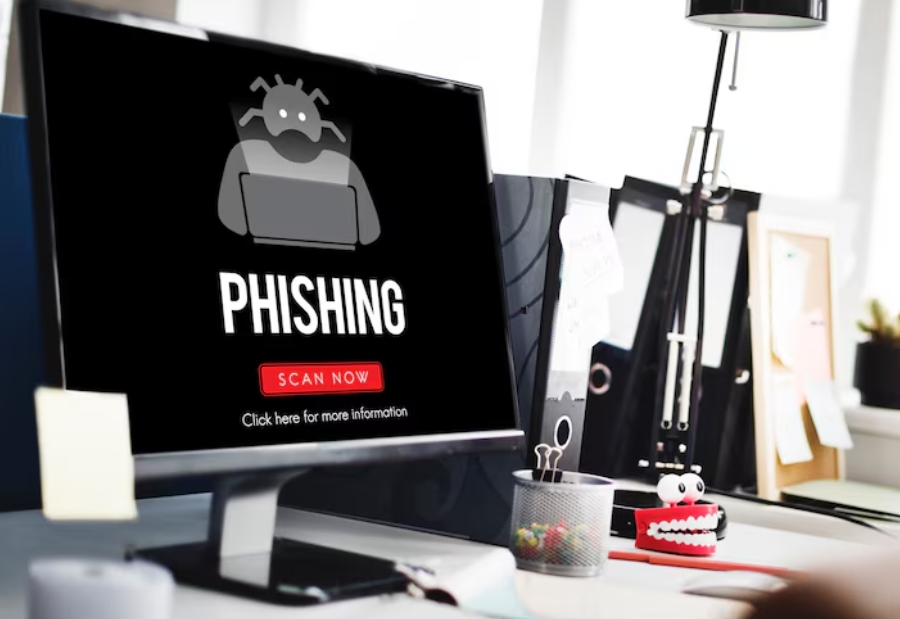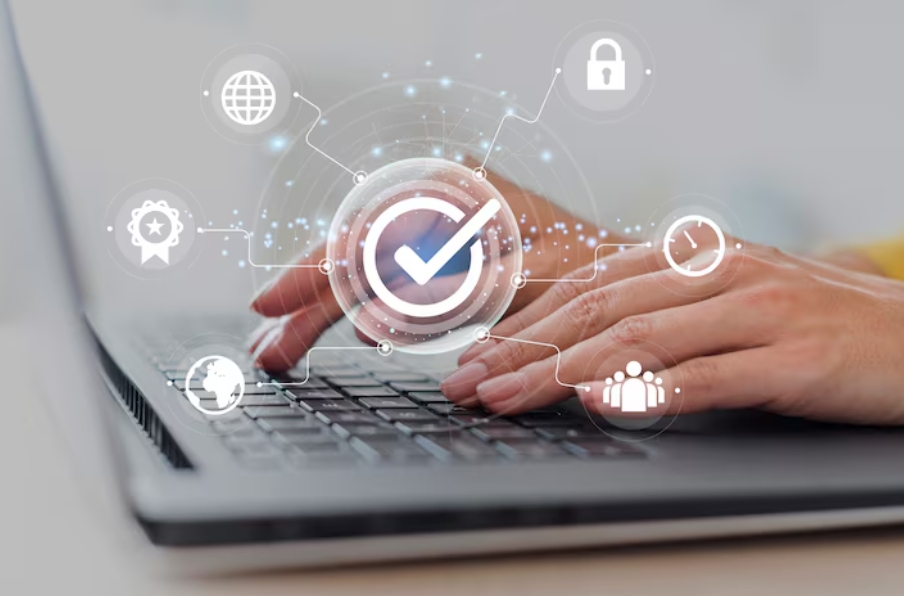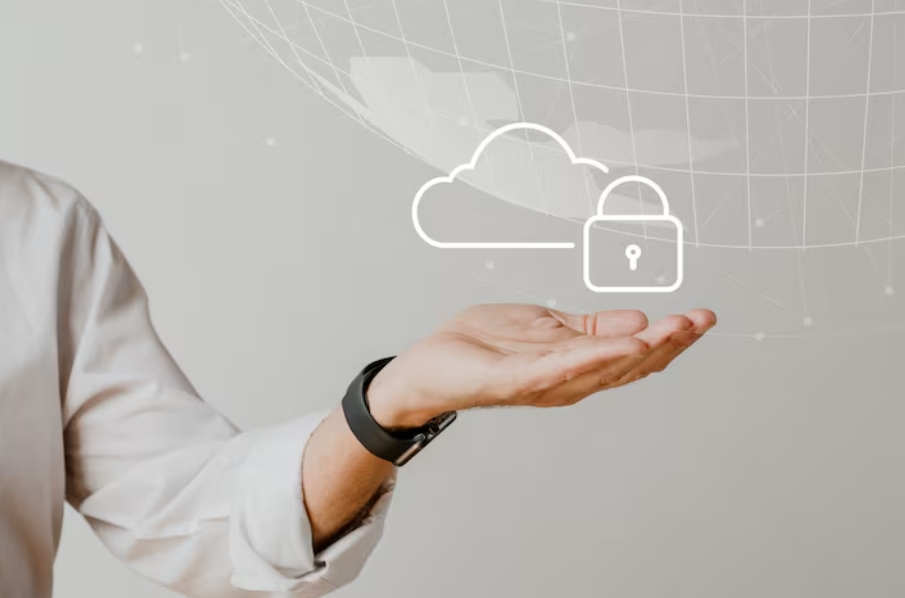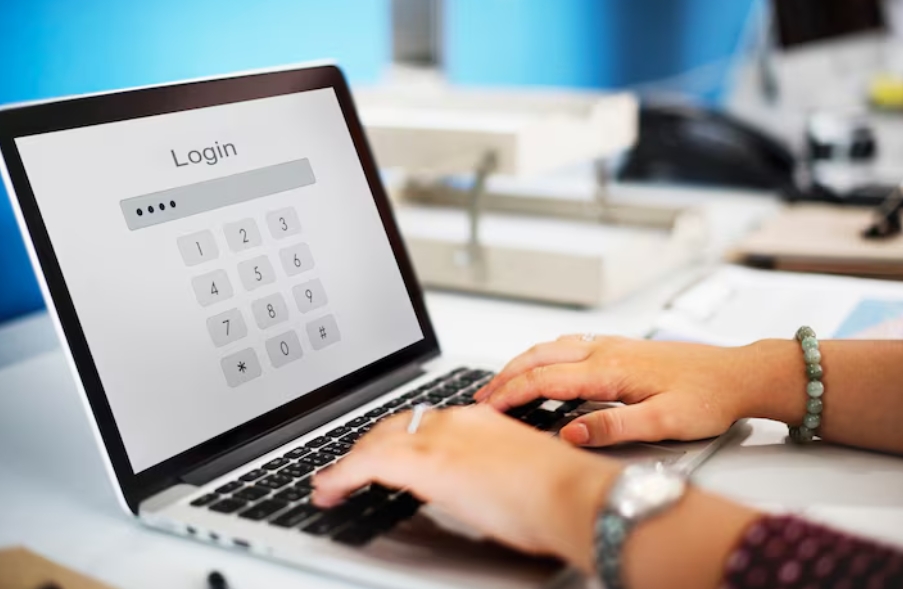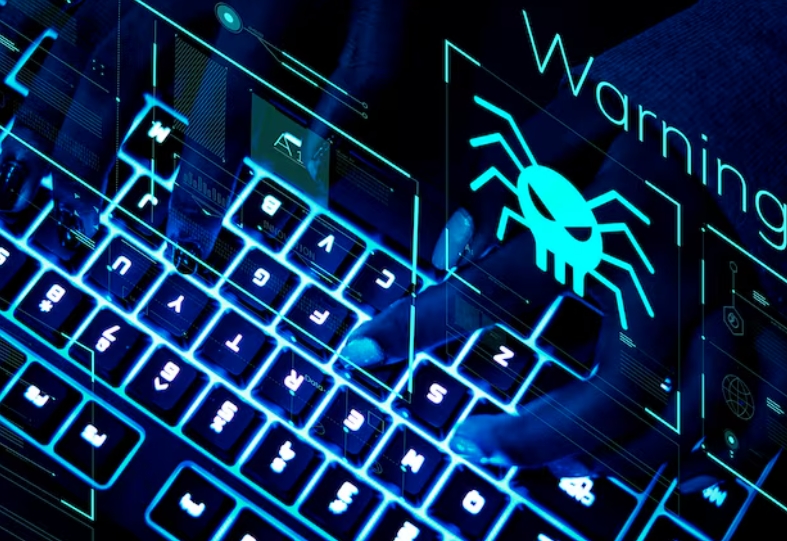What is Phishing
The phishing is a method that cyber criminals use to deceive and getting personal information disclosed, They obtain this information by sending fraudulent e-mails or by directing the person to a fake website. They obtain this information by sending fraudulent emails or directing the person to a fake website.
How a phishing attack works
The phishing messages appear to come from legitimate organisations such as electricity, water and gas companies, government agencies such as the Ministry of Finance or even your bank. In reality, however, they are fakes. The emails politely ask you to update, validate or confirm account information, often suggesting that there is a problem. You are then redirected to a fake website and duped into providing account information, which can lead to identity theft.
Phishing attacks are, without a doubt, the most important cybercrime of the 21st century. Nowadays, it is very common to find news in the media about customers of different companies who have been victims of these attacks. Moreover, phishing scams are becoming more numerous and of higher quality every day. Unlike spam, which is nothing more than a tedious distraction, phishing almost always involves the loss of large amounts of money.
How to recognise a phishing attack
The phishing emails have some common characteristics that may make you suspect that it is a scam. Here are six tips on how to recognise this type of email:
- The sender's address is not the usual one or does not contain the real name of the organisation.
- The writing of the mail often includes spelling mistakes and spelling errors: poorly constructed sentences, unusual expressions in the language...
- The subject matter is usually very alarmist and eye-catching: «security alert» or «urgent notification» are among the most common.
- The text of the email asks the user to take some action urgently and quickly, with the threat of problems if they fail to do so, e.g. blocking accounts or cards.
- The notification is generic and not personalised. These emails usually start with a «Dear customer» or «Dear user».
- They may ask you to download a file or to send them your personal passwords or bank details.
Cybercriminals rely on the fact that people are busy. At first glance, these fake emails appear to be legitimate. For this reason, recipients end up taking what is written in them seriously and act accordingly.
The importance of metadata in Phishing
The metadata are data incorporated automatically and not visible to the naked eye in all types of files such as: photographs, text documents, audio files, images, etc. For example, when we take a photograph with our phone's camera, associated with that photo we could see metadata that tells us the model of the phone used to take the photo, the date it was taken and even the geographical coordinates where the photo was taken.
Microsoft Office documents (Word, Excel, Power Point) and PDF documents contain a lot of metadata such as author, company name, email addresses, version of the product with which the document was created, department, save path, revisions, etc. Most of this data can be consulted via the “File properties”.
Metadata in itself is not dangerous, but if this information falls into the wrong hands it can be harmful to our organisation, as it would make it much easier for a cybercriminal to create a phishing attack. For this reason, it is very important to manage the metadata of all documents and multimedia files that are going to be sent outside our organisation through different media: e-mail and web publications on the company's different portals.
MetaClean has different automatic solutions, requiring no user intervention, for the metadata management of all Microsoft Office, Open/Libre Office, PDF and the most common image, audio and video files. These solutions are available for all Operating Systems (Windows, Linux and Mac).
How to avoid phishing
- Prevent leakage of sensitive information through metadata in documents and media files by using some of the solutions available from MetaClean.
- Maintain good habits and do not respond to links in unsolicited emails or on Facebook.
- Do not open unsolicited email attachments.
- Protect your passwords and do not reveal them to anyone.
- Do not provide confidential information to anyone over the phone, in person or via email.
- Check the site's URL (web address). In many phishing cases, the web address may look legitimate, but the URL may be misspelled or the domain may be different (.com when it should be .gov).
- Keep your browser up to date and apply security patches.
